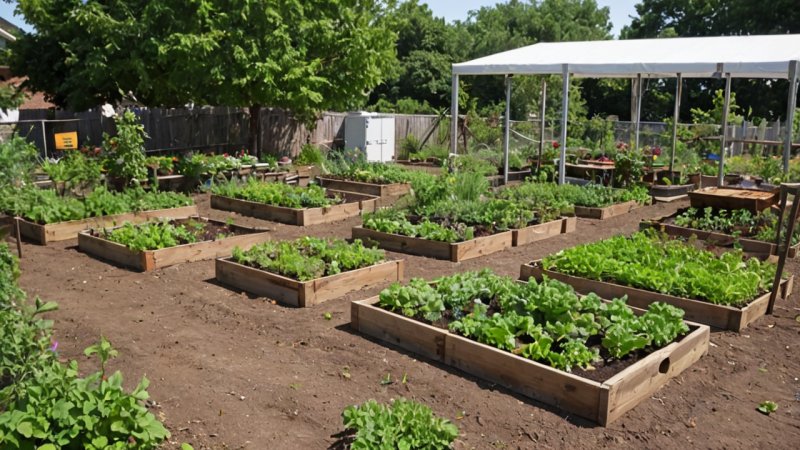What is Environmental Stewardship?
Environmental stewardship refers to the responsible management and care of the natural environment through conservation and sustainable practices. It emphasizes the need for communities to actively protect their ecosystems while promoting social equity and economic viability.
Why is Environmental Stewardship Important for Community Development?
Environmental stewardship plays a vital role in community development by ensuring that natural resources are preserved for future generations. It fosters a healthier environment, enhances quality of life, and promotes sustainable economic growth.
How Can Individuals Get Involved in Environmental Stewardship?
- Participate in Local Clean-Up Events: Join community efforts to clean parks, rivers, and other public spaces.
- Support Local Conservation Organizations: Volunteer your time or skills to help organizations focused on environmental protection.
- Advocate for Sustainable Practices: Encourage your local government to adopt policies that promote sustainability.
- Educate Yourself and Others: Share information about environmental issues and solutions within your community.
What Are Some Examples of Successful Environmental Stewardship Initiatives?
Many communities have successfully implemented environmental stewardship initiatives, such as:
- Urban Green Spaces: Creating parks and green roofs in urban areas to enhance biodiversity and improve air quality.
- Community Gardens: Establishing gardens for locals to grow their own food, which promotes self-sufficiency and reduces carbon footprints.
- Recycling Programs: Implementing comprehensive recycling initiatives that encourage waste reduction and resource conservation.
- Renewable Energy Projects: Investing in solar or wind energy to reduce reliance on fossil fuels.
What Role Does Education Play in Environmental Stewardship?
Education is crucial in fostering a culture of environmental stewardship. By teaching individuals about environmental issues and sustainable practices, communities can cultivate a sense of responsibility and encourage proactive participation in conservation efforts.
How Does Environmental Stewardship Impact Health and Wellbeing?
A healthy environment is essential for overall wellbeing. Environmental stewardship can lead to cleaner air and water, reduced pollution, and increased access to green spaces, all of which contribute to improved physical and mental health.
What Challenges Do Communities Face in Implementing Environmental Stewardship?
Communities often face various challenges in adopting environmental stewardship practices, including:
- Lack of Resources: Limited funding and manpower can hinder conservation efforts.
- Resistance to Change: Some community members may be reluctant to adopt new sustainable practices.
- Environmental Degradation: Existing pollution and ecological issues may complicate stewardship initiatives.
How Can Technology Aid in Environmental Stewardship?
Technology can play a significant role in enhancing environmental stewardship by:
- Monitoring Environmental Changes: Using sensors and data analytics to track pollution and biodiversity.
- Promoting Sustainable Practices: Mobile apps that encourage recycling and conservation efforts.
- Facilitating Communication: Online platforms for community members to share ideas and collaborate on sustainability projects.
What is the Future of Environmental Stewardship in Community Development?
The future of environmental stewardship is promising, with increasing awareness and action around sustainability. As communities prioritize environmental health alongside social equity, we can expect more innovative solutions and collaborative efforts to foster a sustainable future.
In conclusion, environmental stewardship is a crucial component of community development. By understanding its significance and actively participating in initiatives, individuals can contribute to the creation of healthier, more sustainable communities.






